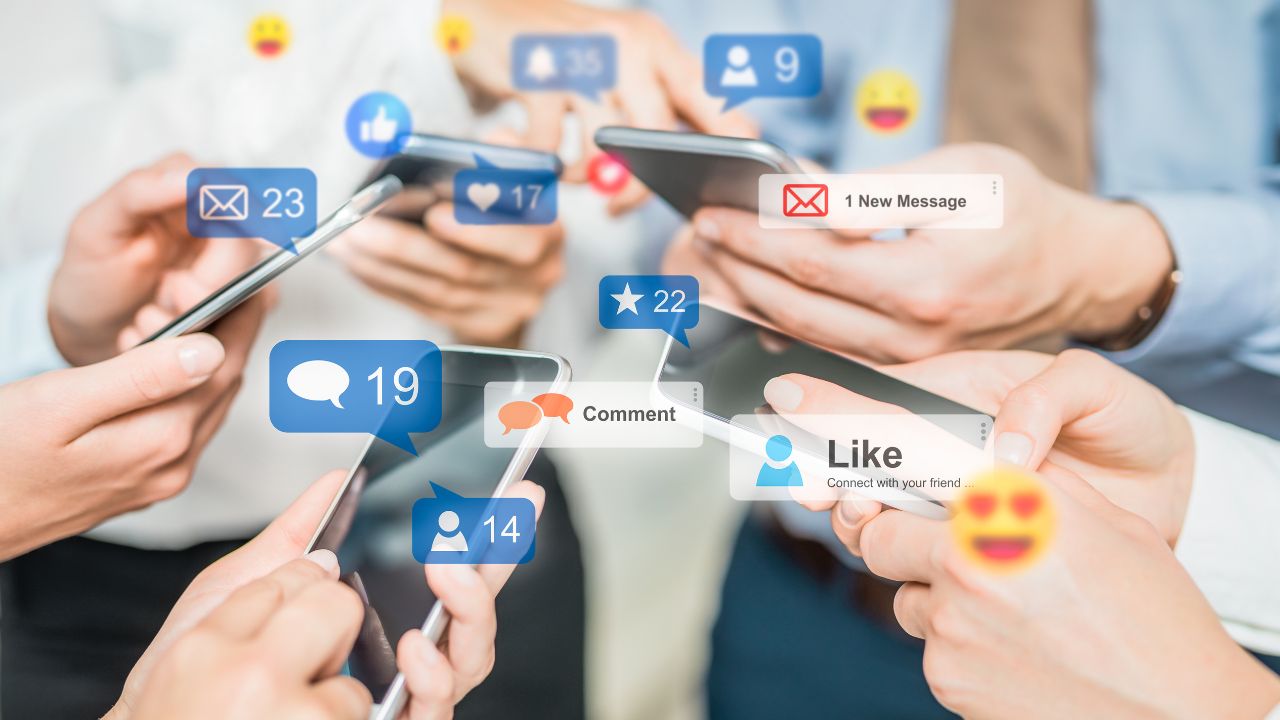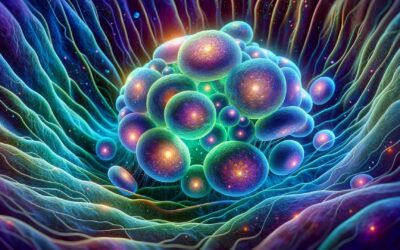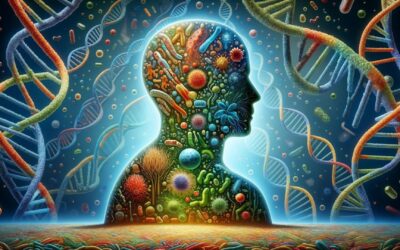Introduction
In today’s fast-paced digital era, technology and innovation have undeniably transformed the way we communicate. Among the many groundbreaking inventions, social media has emerged as a powerful force shaping our interactions and driving our desire to stay connected. The rise of social media platforms such as Facebook, Twitter, Instagram, and LinkedIn has not only revolutionized how we engage with each other but also how we access and share information. In this article, we will delve deep into the transformative impact of social media on human communication and explore how it has redefined our lives.
The Evolution of Social Media
Social media has come a long way since its inception. Early platforms like SixDegrees.com and Friendster paved the way for modern-day giants like Facebook and Twitter. Launched in 2004, Facebook quickly became a global phenomenon, reaching a staggering 2.91 billion monthly active users by 2021. Twitter followed suit, creating a platform for real-time communication and reshaping how we consume news and share our thoughts.
The rapid growth of social media platforms has resulted in a shift from traditional forms of communication, like face-to-face conversations and telephone calls, to digital interactions. This shift has altered the way we connect with others, forge relationships, and express ourselves.
Breaking Geographical Barriers
One of the most significant impacts of social media on communication is its ability to break down geographical barriers. People from different corners of the world can now connect and communicate with ease, fostering global conversations and cultural exchange. Social media platforms have made it possible for users to engage with diverse communities, sharing their experiences, ideas, and perspectives, thereby enriching our understanding of the world.
Instant Communication and Real-Time Updates
Social media has introduced us to the world of instant communication. Gone are the days when we had to wait for a letter or an email to reach its recipient. Today, messages can be sent and received in real-time, allowing for seamless and uninterrupted conversations. This immediacy has also changed how we consume news and stay informed. Platforms like Twitter have emerged as reliable sources of real-time updates on events happening around the world, enabling users to access information at their fingertips.
The Democratization of Information
Social media has democratized information, providing everyone with the opportunity to share their voice, irrespective of their social or economic background. This shift has created a more inclusive space for communication, where diverse opinions can be heard and debated. Additionally, social media has empowered users to challenge traditional media narratives and hold powerful entities accountable, fostering greater transparency and accountability in society.
The Rise of Visual Communication
The adage “a picture is worth a thousand words” rings true in the realm of social media. Platforms like Instagram and Snapchat have popularized visual communication, allowing users to express themselves through images and videos. This shift has led to the rise of new storytelling techniques and creative ways to share experiences, emotions, and ideas. The visual nature of these platforms has also changed the way brands and organizations engage with their audiences, leveraging visual content to create a more immersive and engaging experience.
Enhanced Collaboration and Networking
Social media has enabled new forms of collaboration and networking among individuals and organizations. Platforms like LinkedIn have made it easier for professionals to connect, share ideas, and form partnerships. Similarly, social media has facilitated the growth of online communities, where people with shared interests can collaborate on projects, exchange information, and offer support. This enhanced connectivity has not only fostered innovation but also created new opportunities for personal and professional growth.
The Dark Side of Social Media Communication
Despite its numerous advantages, the rise of social media communication has also brought about some unintended consequences. The prevalence of cyberbullying, trolling, and the spread of misinformation have become pressing concerns. Furthermore, the addictive nature of social media platforms has led to increased instances of social isolation, anxiety, and depression, raising questions about the impact of these platforms on mental health and well-being.
Conclusion
Social media has undeniably transformed the way we communicate and interact with each other. It has broken geographical barriers, democratized information, and introduced new forms of visual communication, collaboration, and networking. While it is essential to acknowledge the challenges that come with this transformation, it is equally important to recognize the vast potential of social media as a force for positive change. As we continue to navigate this digital landscape, it is crucial to develop strategies and tools that promote responsible usage, ensure privacy, and foster healthy communication, so that we can fully harness the power of social media to improve our lives and create a more connected world.
Keywords:
- Social Media Communication: The act of communicating with others through social media platforms, such as Facebook, Twitter, Instagram, and LinkedIn.
- Transformation: A significant change in the way things are done or in the way people interact with each other.
- Innovation: The introduction of new ideas, methods, or technologies that improve or change the way things are done.
- Interaction: The process of communicating or engaging with others, often involving a back-and-forth exchange of ideas, opinions, or information.
- Digital era: The current period in which technology and digital communication have become widespread and dominant in society.
- Facebook: A social media platform launched in 2004 that has become one of the most widely used and influential social media platforms in the world.
- Twitter: A social media platform that enables users to send and read short messages called “tweets” and has become an important tool for real-time communication and news sharing.
- Geographical barriers: Obstacles that prevent people from different parts of the world from communicating or connecting with each other.
- Real-time updates: Instantaneous and up-to-the-minute information on events, news, or other developments.
- Democratization: The process of making information or opportunities more accessible to a wider range of people.
- Visual communication: The act of communicating through visual media such as images, videos, or graphics.
- Networking: The process of making and maintaining professional or social connections for personal or professional gain.
- Cyberbullying: The act of using digital communication to bully or harass someone.
- Misinformation: False or misleading information that is spread intentionally or unintentionally.
- Social isolation: The feeling of being disconnected or separate from others, often as a result of spending excessive amounts of time on social media.
- Depression: A mental health condition characterized by feelings of sadness, hopelessness, and a lack of interest in daily activities.












0 Comments